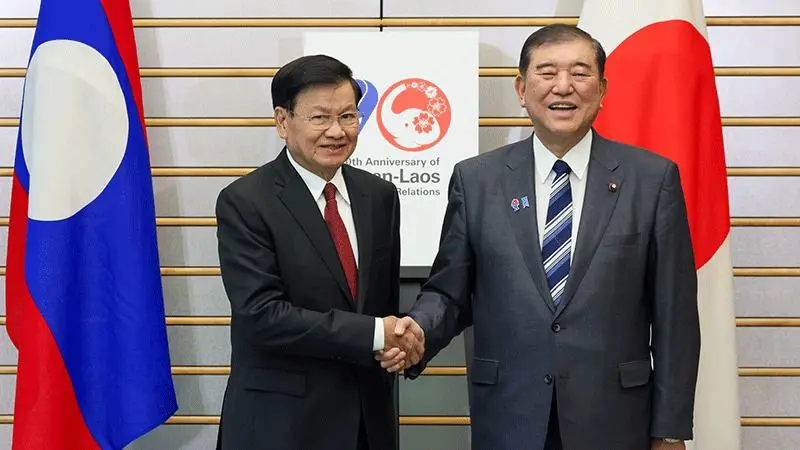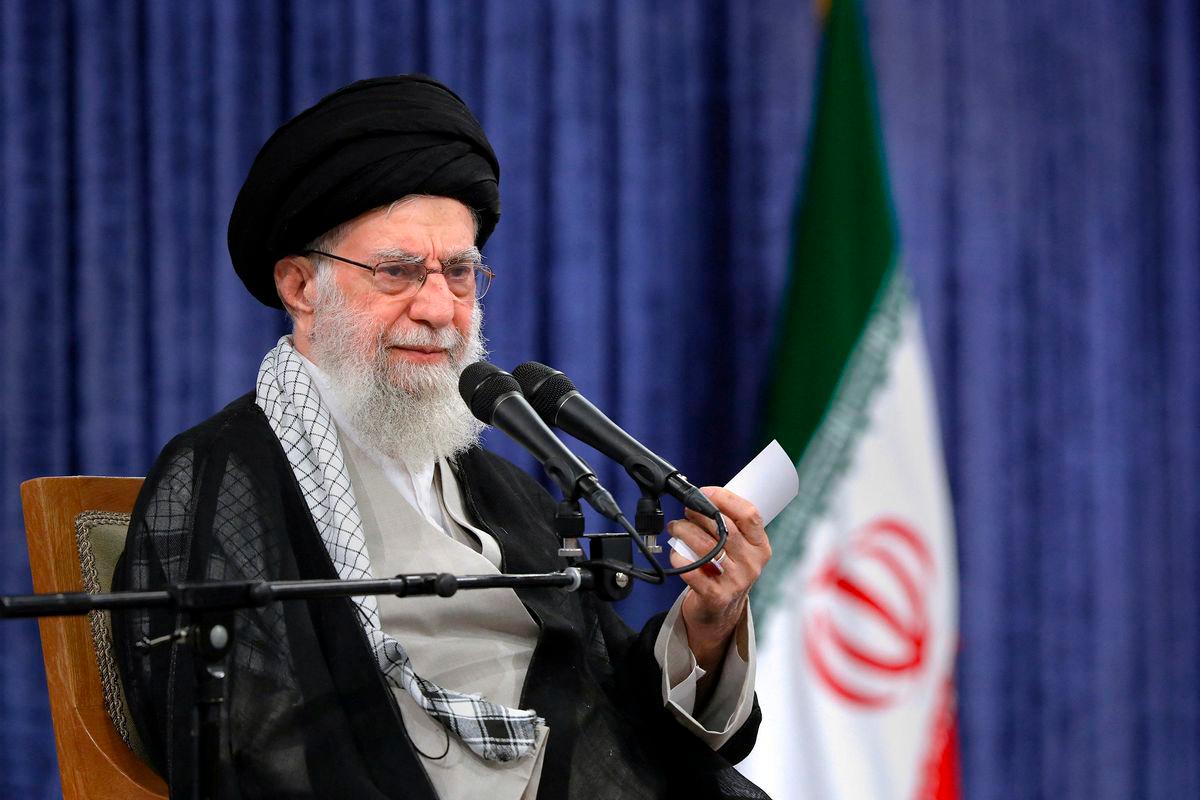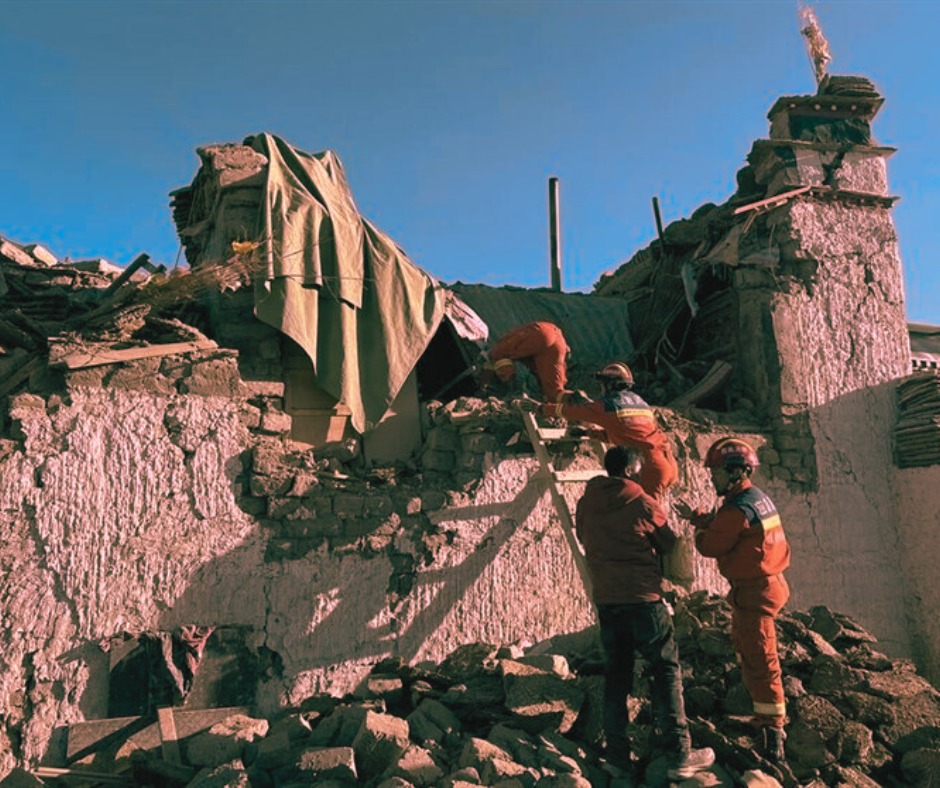SEOUL – In a bold move that’s sending shockwaves through the global battery market, the US—under former President Donald Trump’s new administration—has slapped a staggering 145% tariff on Chinese-made lithium-ion batteries used for energy storage. While this dramatic policy shift may aim to curb China’s dominance, it’s also opening up unexpected doors for South Korea’s battery makers.
Behind the policy is a complex mix of economic strategy and political tension. The White House recently announced that tariffs on Chinese energy storage batteries would rise from a total of 34% to 145%, effectively tripling the cost of these products in the US market. The stated reason? Combating the flood of fentanyl and protecting American industries. But the ripple effects go far beyond trade figures—they’re shaking up a market worth billions.
Last year alone, China exported $15.3 billion worth of these batteries to the US. But with the new tariffs in place, the price tag for the same volume could balloon to $37.5 billion. That’s a tough pill for US buyers to swallow and a golden ticket for competitors—particularly South Korea.
An anonymous industry expert put it simply: “Chinese LFP (lithium iron phosphate) batteries were winning in the US because of their affordability. But with this new tariff, that edge is gone—and Korean companies are stepping up.”
One of the biggest players, LG Energy Solution, isn’t wasting any time. They’re shifting gears to produce more cost-effective LFP batteries, moving away from pricier nickel-based cells. The company is fast-tracking production in its Michigan plant, repurposing electric vehicle lines to pump out energy storage batteries a full year ahead of schedule.
“We can’t predict all the outcomes of this US-China standoff,” said a spokesperson from LG Energy Solution. “But with seven battery plants, we’re positioned better than anyone else in Korea to make the most of this shift.”
Samsung SDI is also riding this wave. They’ve just secured a $301 million deal with US energy giant NextEra Energy to supply their top-tier battery systems. Their next move? Launching a more budget-friendly LFP version of their battery, the SBB 2.0, by next year. And yes, they’re also eyeing a possible North American factory.
Meanwhile, SK On is preparing its own LFP battery lineup, aiming to make a serious mark in the US by late 2025. With plants in Georgia and partnerships with Hyundai and Ford, their American strategy is already well in motion.
The stakes are enormous. According to Global Market Insights, the US energy storage system (ESS) market is projected to grow from $10.67 billion in 2023 to a mind-blowing $1.49 trillion by 2034. That’s an annual growth rate of 29.1%—a figure that has battery makers racing to stake their claim.
What does it all mean? In short, as the US throws up barriers against China, it’s inadvertently paving a new road for Korean innovation. For South Korea’s battery industry, the future just got a lot brighter.




